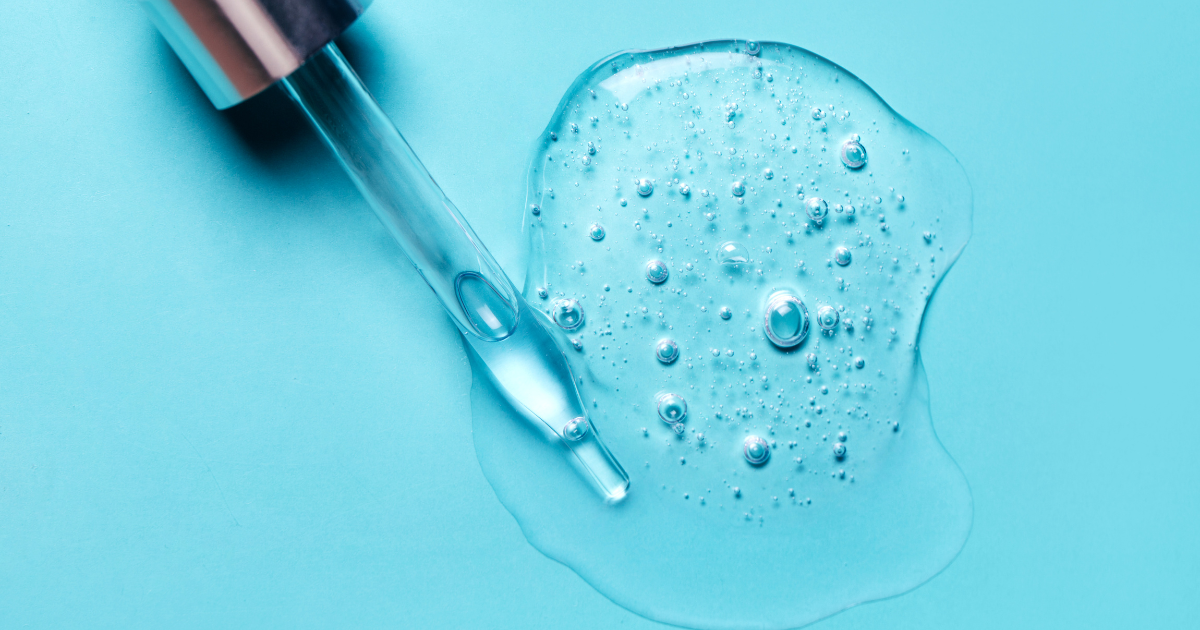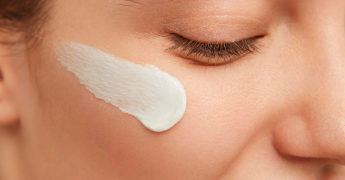
Looking to tackle dark spots or uneven skin tone without irritating your skin? Meet tranexamic acid—an underrated skincare hero quietly making waves for its skin-brightening powers. Once used primarily in medical treatments for controlling bleeding, this ingredient has emerged as a gentle yet effective solution for pigmentation issues and overall skin clarity. Here’s how to make it work for your skin.
What Makes Tranexamic Acid Special?
Derived from lysine, an amino acid, tranexamic acid helps interrupt the process that leads to excess melanin production. This makes it a smart choice for fading sun spots, acne scars, melasma, and any patchy pigmentation caused by inflammation or hormonal shifts. Bonus? It’s known to play nice with sensitive skin and doesn’t heighten your sun sensitivity like some other actives.
Top Skin Benefits of Tranexamic Acid
✔ Brightens Dark Spots
It works beneath the surface to block the pathways that lead to discoloration, gradually lightening stubborn spots.
✔ Evens Out Skin Tone
If your skin is prone to blotchiness or dull patches, tranexamic acid can help bring harmony back to your complexion.
✔ Soothes Irritated Skin
Its calming effects make it a solid option for those dealing with redness, rosacea, or inflamed skin.
✔ Plays Well with Others
Use it alongside powerhouse ingredients like niacinamide, vitamin C, hyaluronic acid, or copper peptides to amplify results.
✔ Gentle But Effective
Great for anyone who wants results without the harshness of ingredients like retinol or hydroquinone.
How to Add Tranexamic Acid to Your Routine
1. Pick the Right Format
You’ll find tranexamic acid in serums, lotions, or toners. Aim for concentrations between 5–10% for visible results.
2. Use It Day & Night
- AM: After cleansing, apply your tranexamic product before moisturizer and SPF.
- PM: Apply it early in your routine, before layering on heavier creams or actives like retinol.
3. Boost Its Performance
Pair it with:
- Vitamin C for extra glow and antioxidant protection
- Niacinamide to strengthen the skin barrier
- Hyaluronic acid for added moisture
- Copper peptides (GHK-Cu) for firmer, brighter skin
- Daily SPF to prevent further pigmentation
4. Stick With It
Tranexamic acid isn’t a quick fix. Most users begin to see improvements in 6–8 weeks with consistent use.
Is It Right for You?
Tranexamic acid is suitable for all skin types but is especially useful for:
- People with melasma or sun-induced dark spots
- Those healing from acne scars or discoloration
- Sensitive skin types looking for a non-irritating brightening agent
Tranexamic acid is a powerhouse for brighter, more balanced skin—minus the harsh side effects. If you’ve struggled with uneven tone, lingering dark spots, or melasma, adding this ingredient to your daily skincare ritual could be the game-changer you’ve been looking for. The key? Patience and consistency. With regular use, expect to see a clearer, more radiant complexion shine through.




